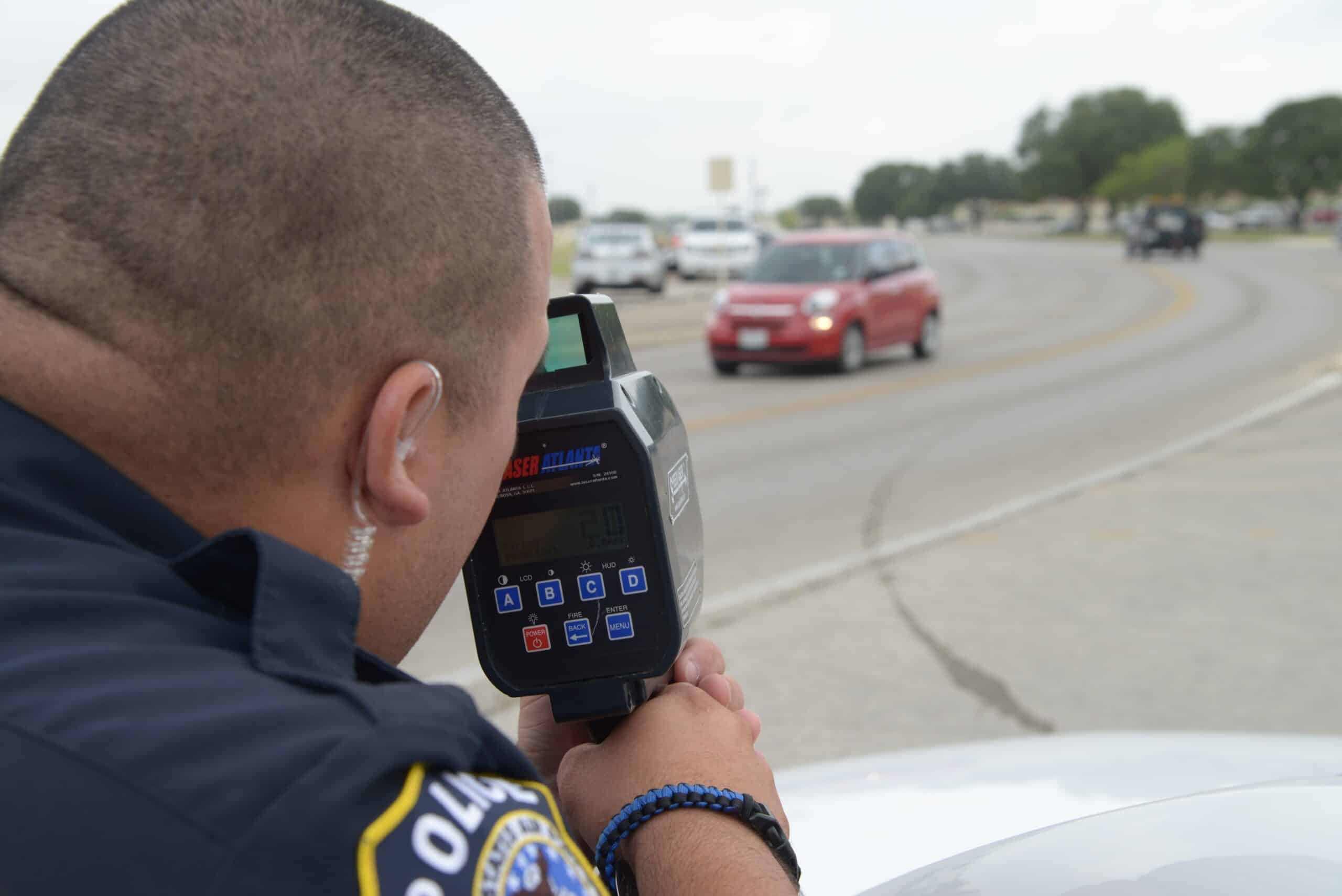Picture the shock of receiving a notice alleging that a simple drive through Offagna, Italy, resulted in being clocked at an astonishing 437 mph. This is precisely what befell a young woman behind the wheel of her Ford Focus. Despite the obvious impossibility of such a speed, she was handed a €847 fine, had her license suspended, and lost ten points from her record. Such an event has ignited serious debate about the reliability of speed cameras and the procedures used by authorities before issuing penalties.
How was someone caught speeding at 437 mph?
The official report stated that the Ford Focus reached a mind-boggling 703 km/h (437 mph). Not even high-speed trains can achieve this velocity, let alone a standard family vehicle. The cause? A clear malfunction in the speed camera or data processing system. Nevertheless, local police proceeded with issuing a substantial fine and severe administrative consequences for the alleged violation.
This incident brings to light the risks associated with technical faults in automated systems. While speeding fines are meant to curb aggressive driving, a technological glitch can unjustly brand a citizen with a severe misdemeanor and leave a permanent mark on their driving record.
What penalties did the driver face?
The repercussions extended far beyond a monetary penalty. The driver faced an €847 fine, a ten-point deduction on her license, and the suspension of her driving privileges. Typically, such harsh sanctions are reserved for dangerous cases of reckless or aggressive driving, not for those who fall victim to faulty equipment.
A license suspension can disrupt daily routines, increase insurance costs, and damage one’s reputation as a responsible driver. Suffering these consequences due to unreliable evidence adds layers of stress and financial hardship, highlighting the need for careful verification before imposing any conviction.
Was there any opportunity to appeal the speeding conviction?
Fortunately, legal recourse exists for anyone penalized under such circumstances. The driver from Offagna is actively appealing the conviction, seeking to overturn both the fine and the license suspension, and requesting compensation for the distress and harm caused by this glaring error.
Navigating an appeal requires patience and thorough documentation. Presenting evidence—such as expert testimony or proof of a vehicle’s physical limitations—is essential to demonstrate the impossibility of the alleged offense. Authorities must ensure erroneous speeding tickets do not tarnish innocent drivers’ records permanently.
How do speed camera errors occur?
No technology offers perfect accuracy. Malfunctions in radar devices, calibration errors, adverse weather conditions, or issues during data transfer can all yield false readings. When a modest vehicle is accused of traveling at racecar speeds, it undermines trust between law enforcement and the public.
The unchecked reliance on machine-generated figures without basic human review creates unnecessary risk. Responsible use of automation means conducting regular audits, manual verifications, and carefully assessing any result that defies logic before issuing fines or penalties.
Are the authorities failing with data verification?
Recent trends in hasty penalty issuance
Automated traffic monitoring has become common in many communities, aiming to deter offenders and manage congestion. However, while effective for typical violations, these systems sometimes produce wildly inaccurate results. Automated notices are dispatched instantly, often before proper checks are made, leaving those wrongly accused scrambling to defend themselves.
In the Italian scenario, a lack of elementary scrutiny allowed a wholly unrealistic speed limit breach to go unchallenged. This raises concerns over whether agencies invest enough in validating their processes and ensuring fair treatment for motorists.
When efficiency defeats fairness
The drive for swift action often takes precedence over accuracy. When authorities prioritize efficiency, they may overlook glaring mistakes. If errors are not promptly corrected, individuals suffer undeserved legal and reputational consequences.
True fairness in assigning penalties or recording misdemeanors starts with diligent data examination. Had a basic check been performed, the absurdity of a 437 mph reading would have been immediately apparent, sparing the driver significant trouble.
Comparisons with justified speeding incidents
Panic-induced speeding: the snake incident in Australia
While the Offagna incident exposes bureaucratic flaws, another story from Australia presents a very different context. There, a man exceeded the speed limit at 76 mph after discovering an eastern brown snake—the world’s second most venomous—inside his car.
Unlike the Italian episode, this situation involved a genuine emergency. Overcome by fear, the driver accelerated in a desperate attempt to escape danger. Police who stopped him quickly confirmed the presence of the snake and summoned animal control experts. No lasting conviction or penalty followed for the terrified motorist.
Understanding context behind each speeding ticket
Not every infraction signals intentional aggressive driving. In emergencies, like the Australian case, authorities considered context rather than blindly enforcing punitive measures. This approach prevented an unfair license revocation and recognized the unique circumstances at play.
It demonstrates why situational assessment is essential. Blanket automation risks overlooking critical details, resulting in wrongful convictions and unnecessary hardships for those facing exceptional situations.
How can drivers protect themselves from erroneous speeding tickets?
Despite best efforts, fines for impossible infractions still occur. To guard against wrongful accusations, several steps can be taken:
- Keep detailed records of all correspondence and notifications received
- Request maintenance logs and calibration certificates for the implicated speed camera
- Seek legal advice, particularly when facing major penalties or potential license revocation
- Present logical arguments and technical data proving the physical limits of the vehicle
- Monitor media reports for similar incidents, establishing patterns of systemic error
Maintaining a clean driving record safeguards future opportunities and helps avoid complications with insurance or employment. Vigilance and active engagement remain crucial in contesting erroneous convictions and protecting one’s rights.
Will cases like this change how authorities issue penalties?
Widespread publicity around such extraordinary events could prompt law enforcement agencies to reevaluate their procedures. Many hope this leads to more rigorous cross-checks, improved communication with motorists, and greater caution whenever improbable results emerge from automated systems.
Fines and penalties should serve to deter truly dangerous behavior—not ensnare unsuspecting citizens in bureaucratic mishaps. Until stricter verification standards become routine, ongoing vigilance is necessary from both drivers defending themselves and institutions striving for genuine fairness.







